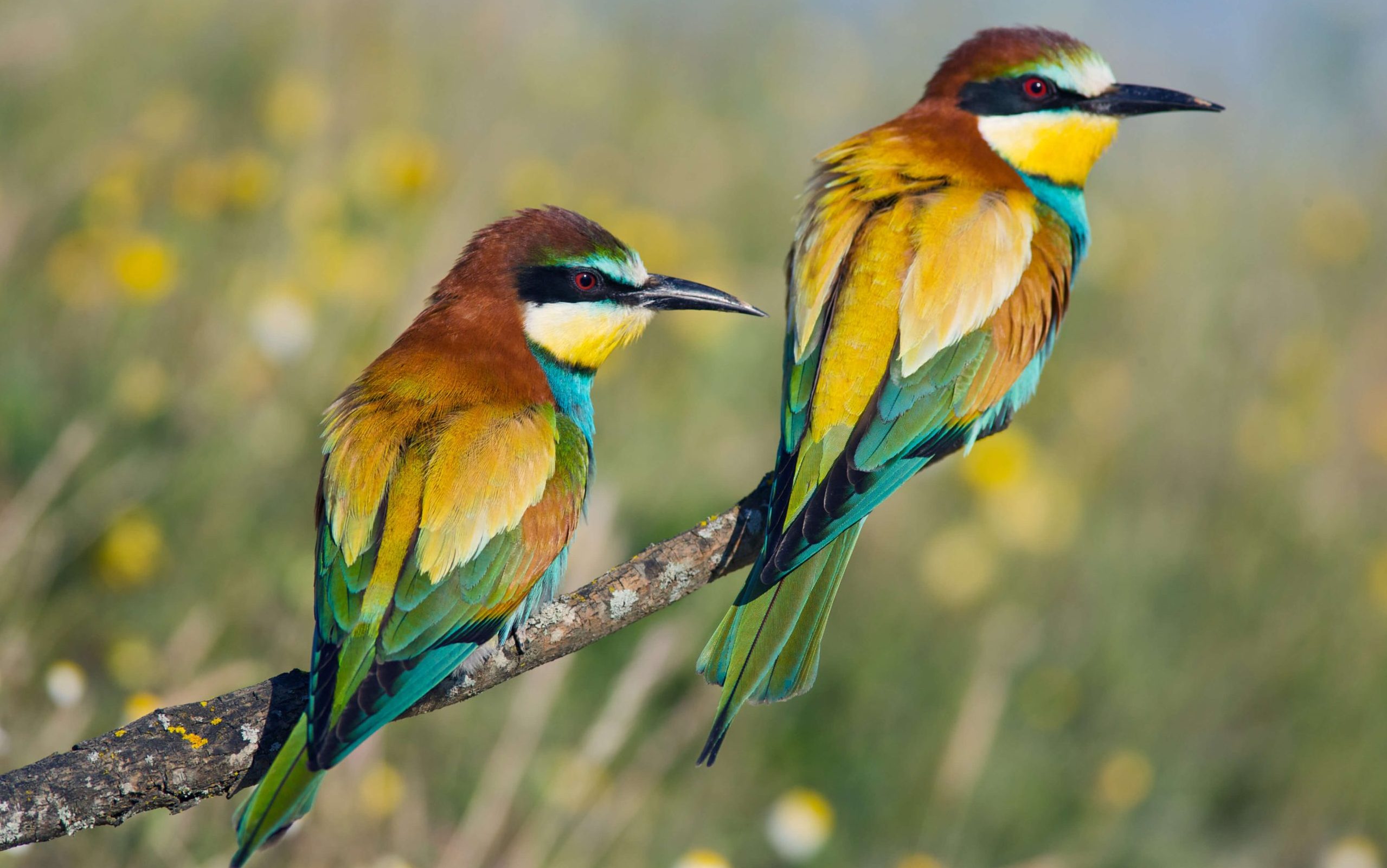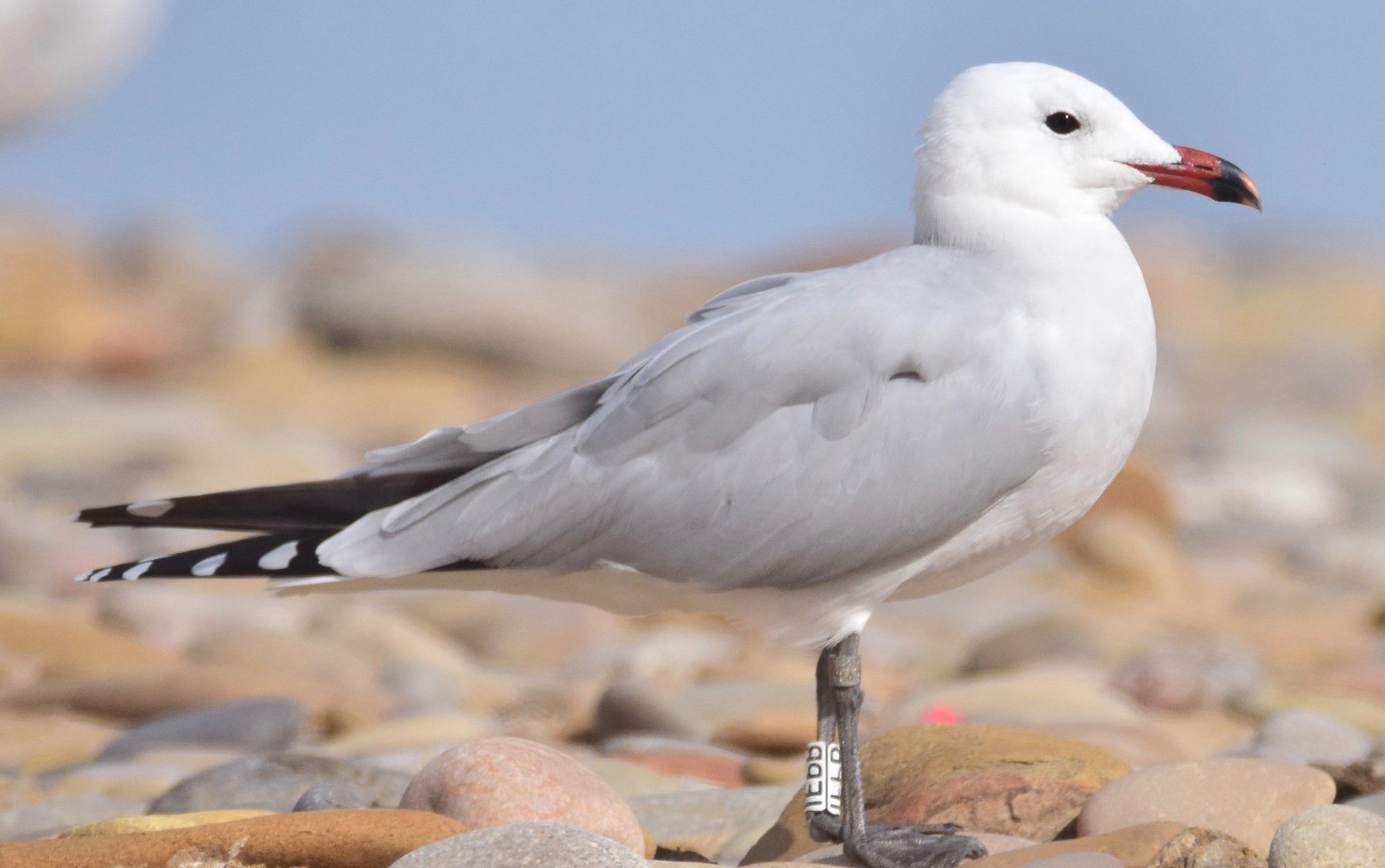


Cyprus is in a prime position for catching sight of many different species of birds. There are 347 in total, though most of these are in transit, 46 are native to North Cyprus while 7 are completely unique to the area. Twice yearly you'll catch flocks of birds on their migration route, which makes for a beautiful and rare experience.
Every March to May is the time of northward migration while August to October is southward. For this reason, North Cyprus is a popular location to go bird-watching in. There are various locations from which you can get the best views. These include the seductive sandy sliver of the Karpas peninsula, where much exotic wildlife retreats. Birds you might spot here include orioles and bee-eaters, rollers and if you explore the peninsula further you might see some Audouin's gulls.
The Kyrenia Mountains provide one of the best watching spots too, surrounding you with scenery that makes you feel truly lost in nature and at an advantageous perspective to see the birds that swoop through this setting. Kantara castle is not only a fascinating historical sight but it also offers the chance to catch a glimpse of birds such as the charismatically named spectacled warbler or resident wheatear. Since 1989 the North Cyprus Society for the Protection of Birds (NCSPB) has worked with other environmental groups such as the local Greenpeace to help protect in particular the few endemic birds in Cyprus. Whether or not you're interested in bird watching, there's no doubt that if you have the chance to see just a few of the many that spread their wings across the island you'll be mesmerized by the views they create and the spark they add to the atmosphere.
Native Birds:
The Skylark, The Chaffinch, The Greater Spotted Cuckoo, The Scarlet Wheatear, The Mountain Swift, The Crested Cormorant, The Scarlet Vulture, The Rock Partridge, The Turtle Dove, The Diurnal Owl, The Kestrel, The Blue Raven, The Rock Swallow, The Rock Dove, the Manx Shearwater, The Blue Rock Fieldfare, The Dwarf Owl, the Crested Skylark, The Raven, The Cyprus Warbler, The Great Titmouse, The Canary, The Goldfinch Spring
Migrants Birds:
The Hummingbird, The Cuckoo, The Island Wheatear, The Kingfisher, The Black Redtail, The Golden Oriole, The Starling, The Cane, The Garden Warbler, The European Robin, The Blackbird, The Fieldfare, The Stock Dove Falcon, The Grey Heron, The Purple Heron, The Willow Warbler, The Flamingo, The Wheatear, The Whitethroat, The Lapwing.
Fungus in North Cyprus:
The majority of fungus as we know them are in the form of mushrooms (although truffles are also fungi) and largely are tasty and fine to eat but some variations are inedible and poisonous. The ability to tell the difference between the two generally takes a lot of mushroom knowledge but there's one thing that you don't have to worry about and that's how good they taste when they've been expertly prepared and cooked by a traditional Cypriot chef. North Cyprus is home to 109 different species of fungi; with many more believed to exist that haven't yet been studied.
During winter large number of Nightingales, Golden Oriole, Blue Rock Thrush, Larks, and Black Headed Bunting; are all to be heard early in summer. The most spectacular and highly coloured birds commonly seen in Cyprus are the Golden Oriole, Roller, Bee Eater, Kingfisher, Hoopoe, and Flamingo.
